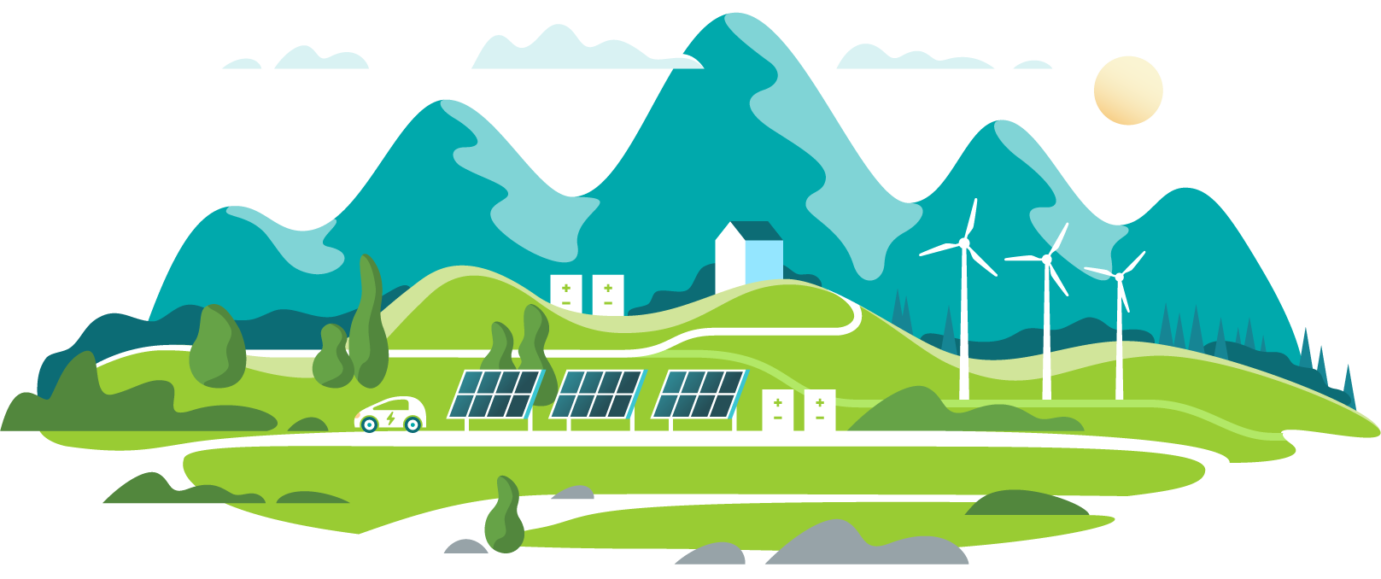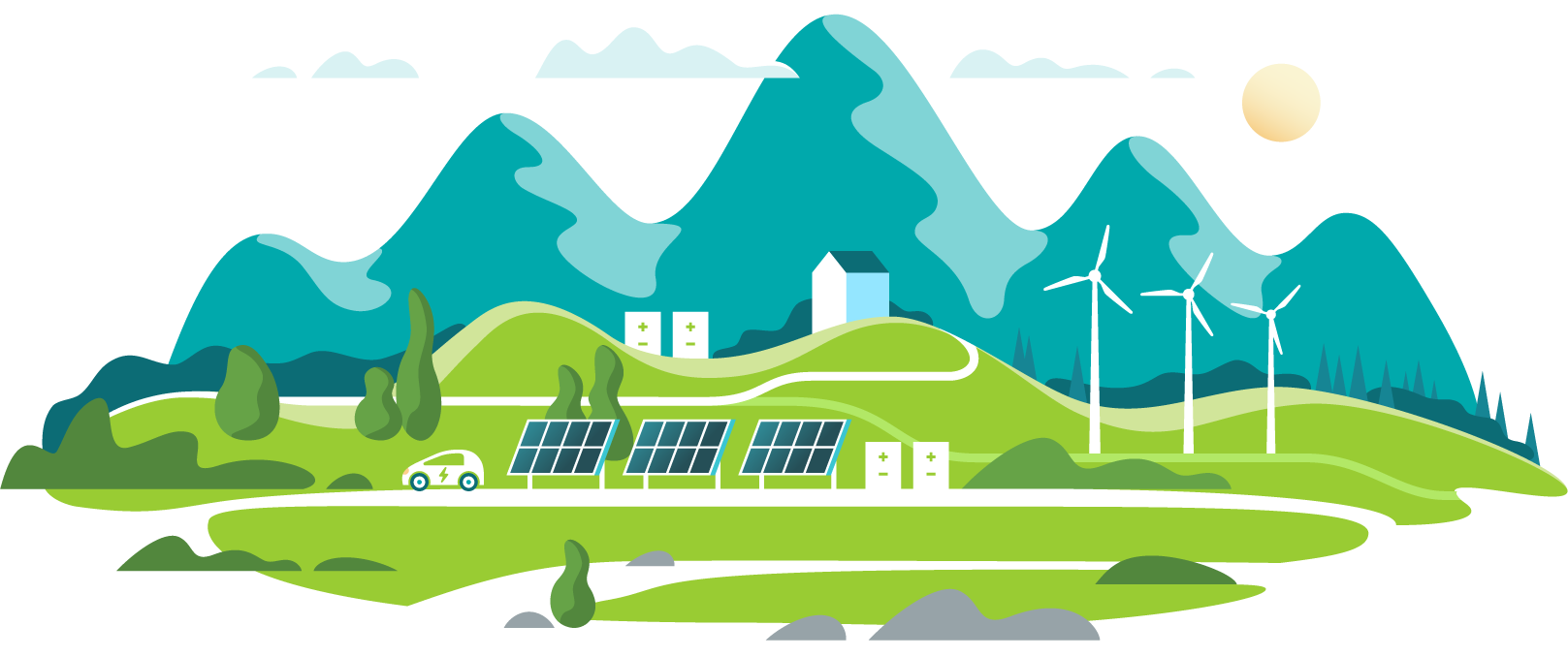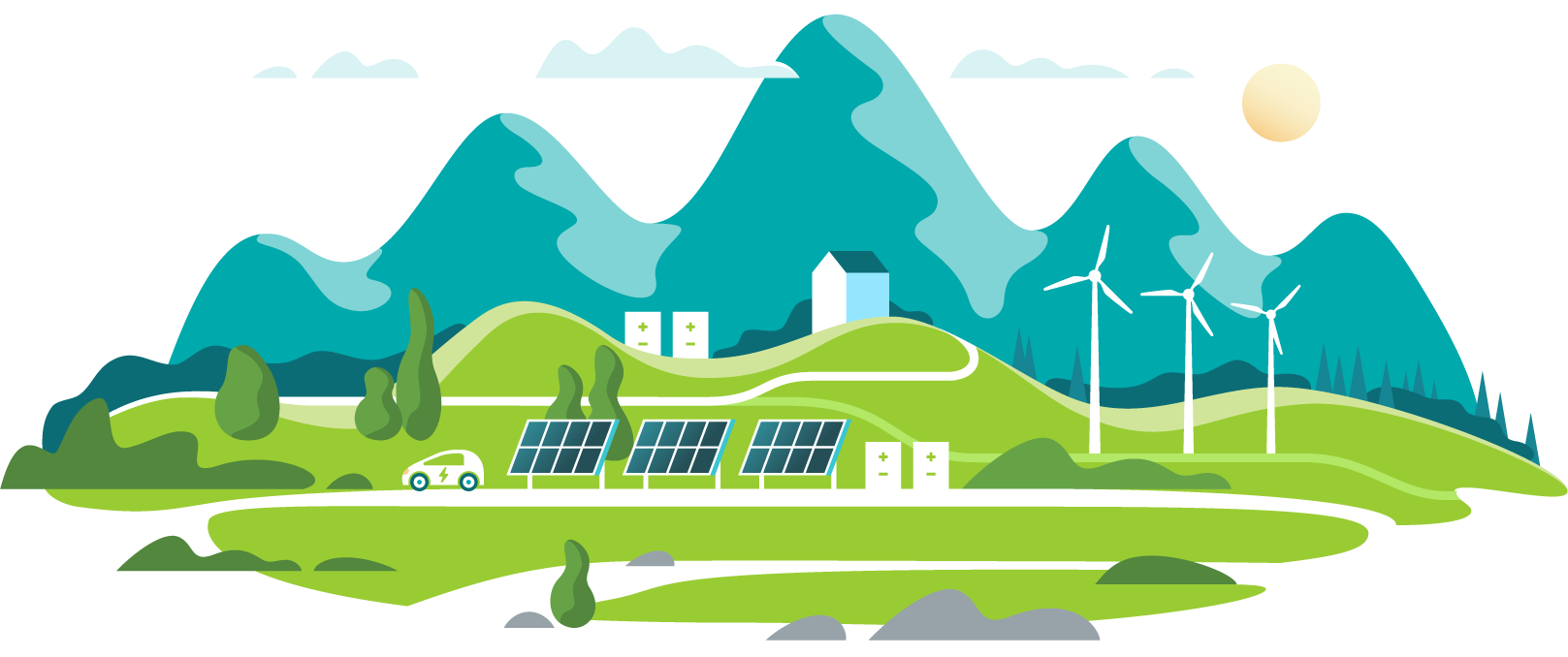CanREA’s new industry data for 2021 shows that Canada saw the biggest build-out of new utility-scale wind and solar energy capacity since 2015, but this was far below what is required to achieve net-zero GHG emissions by 2050.
Ottawa, January 26, 2022—The Canadian Renewable Energy Association (CanREA) today announced the industry’s year-end data, reporting that Canada’s wind and solar energy sectors grew significantly in 2021, adding nearly 1 GW of new generation capacity.
“2021 was a positive year for our industries, with 677 MW of new wind energy and 288 MW of new utility-scale solar energy commissioned,” said Robert Hornung, President and CEO of CanREA, “but this rate of growth is not nearly enough. We must dramatically accelerate and expand the deployment of these technologies.”
Alberta accounted for more than 60% of new Canadian capacity installed in 2021, with Saskatchewan accounting for another 20%.
In total, Canada’s new wind and solar energy capacity created approximately 2,400 person-years of employment, primarily in the construction of new facilities, but also in the ongoing operations and maintenance of these sites.
CanREA projects that 2022 and 2023 will see significantly more growth in the deployment of wind and solar energy, with numerous projects currently under construction or in advanced stages of development.
More than 3,000 MW are expected to be commissioned in 2022 and a similar number in 2023. In addition, new commitments were made across Canada in 2021 (for example, in Saskatchewan, Quebec and Nova Scotia) that will result in new wind and solar energy deployment after 2023.
“Canada is just starting to take advantage of its massive untapped wind and solar energy potential,” said Hornung.
“As the lowest-cost source of new decarbonized electricity generation available in Canada today, wind and solar energy will be a cornerstone of Canada’s efforts to address climate change. Success, however, will require several policy, regulatory and infrastructure barriers to be addressed, enabling a dramatic increase in the scale and speed of deployment,” he said.
CanREA’s 2050 Vision, Powering Canada’s Journey to Net-Zero, demonstrates that we need to deploy more than 5,000 MW of new wind and solar energy annually for the next 30 years if Canada is to meet its commitment to net-zero greenhouse gas emissions by 2050.
For more information on CanREA’s latest industry data for Canada, visit the “By the Numbers” webpage.
Join CanREA Today!
To learn more about membership and how you can get involved, please contact Julie Mair, CanREA’s Manager of Membership and Business Development, at jmair@renewablesassociation.ca.
Facts at a Glance
Wind energy expanded in 2021
- Total wind energy capacity in Canada (as of Dec 31, 2021): 14,304 MW, up from 13,627 MW in 2020.
- New wind power generation installed in 2021: 677 MW
- Growth in wind energy in 2021: 4.9%
- Nearly half of this growth occurred in Alberta (358 MW) with additional growth in Saskatchewan, Ontario and British Columbia.
Solar energy shone in 2021
- Total major* solar energy capacity in Canada (as of Dec 31, 2021): 2,399 MW, up from 2,111 MW last year.
- New major* solar power generation installed in 2021: 288 MW
- Growth in solar energy in 2021: 13.6%
- Almost all of this growth occurred in Alberta (250 MW), with small amounts added in Saskatchewan (21 MW), Quebec (9.5 MW), Nova Scotia (4.8 MW), Ontario (0.3 MW), Yukon Territory (1.5 MW) and Prince Edward Island (0.1 MW).
- Canada added its biggest solar farm in 2021, the 132 MW Claresholm Solar project in Alberta.
- *Here, “major” is defined as grid-connected solar projects, not net-metered projects for electricity use on-site. Rooftop and on-site solar data for 2021 will be included in CanREA’s mid-year data update.
Taking stock of energy storage
- There was significant growth in energy storage this year, including Canada’s largest battery storage facility, the 20 MW Buffalo Creek Storage project in Alberta.
- There were also smaller energy storage projects in Ontario, Nova Scotia, Prince Edward Island and Yukon Territory.
- “Electricity system decision makers are now starting to discover the value of energy storage, a powerful set of technologies that can provide a broad range of services to support electricity system operators, and we expect to see rapid growth in the utilization of energy storage going forward,” said Hornung.
What’s next for 2022?
- Solar surge: We anticipate at least 1,000 MW of new solar energy this year. 18 new “major” (10 MW and up) solar projects should become operational in 2022, of which 16 are anticipated to be in Alberta and two in Saskatchewan. Canada’s biggest solar farm will become the new Travers Solar Project in Alberta, with a capacity of 465 MW.
- Wind expansion: We anticipate at least 2,000 MW of wind energy growth this year. 23 new wind farms should launch in 2022: one in Saskatchewan, one in New Brunswick, and all the rest in Alberta.
Meeting Canada’s Energy Needs
- Province with the greatest proportion of energy demand met by wind and solar energy: Prince Edward Island (41%)
- Provinces with more than 10% of energy demand met by wind and solar energy: Nova Scotia (13.5%) and PEI (41%)
- Jurisdictions with more than 5% of energy demand met by wind and solar energy: Quebec (5.7%), Northwest Territories (6.5%), New Brunswick (6.6%), Alberta (9.6%), Ontario (9.9%), Nova Scotia (13.5%) and PEI (41%). Overall, Canada met 6.5% of its energy demand with wind and solar.
- Jurisdictions with less than 5% of energy demand met by wind and solar: Yukon Territory, British Columbia, Saskatchewan, Manitoba, Nunavut and Newfoundland and Labrador.
(source: Statistics Canada 2020)
Quotes
“2021 was a positive year for our industries, with 677 MW of new wind energy and 288 MW of new utility-scale solar energy commissioned. This rate of growth, however, is not nearly enough to move Canada to net-zero greenhouse gas emissions. We must dramatically accelerate and expand the deployment of these technologies.”
“Canada is just starting to take advantage of its massive untapped wind and solar energy potential.”
“As the lowest-cost source of new decarbonized electricity generation available in Canada today, wind and solar energy will be a cornerstone of Canada’s efforts to address climate change. Success, however, will require several policy, regulatory and infrastructure barriers to be addressed, enabling a dramatic increase in the scale and speed of deployment.”
“Electricity system decision makers are now starting to discover the value of energy storage, a powerful set of technologies that can provide a broad range of services to support electricity system operators, and we expect to see rapid growth in the utilization of energy storage going forward.”
—Robert Hornung, President and CEO, Canadian Renewable Energy Association
For more information or for interview opportunities, please contact:
Communications
Canadian Renewable Energy Association
647-268-3382
communications@renewablesassociation.ca
About the Canadian Renewable Energy Association
The Canadian Renewable Energy Association (CanREA) is the voice for wind energy, solar energy and energy storage solutions that will power Canada’s energy future. We work to create the conditions for a modern energy system through stakeholder advocacy and public engagement. Our diverse members are uniquely positioned to deliver clean, low-cost, reliable, flexible and scalable solutions for Canada’s energy needs. Our vision is to ensure wind energy, solar energy and energy storage play a central role in transforming Canada’s energy mix. Learn more at renewablesassociation.ca.Follow us on Twitter and LinkedIn. Subscribe to our newsletter here. Become a member here.





